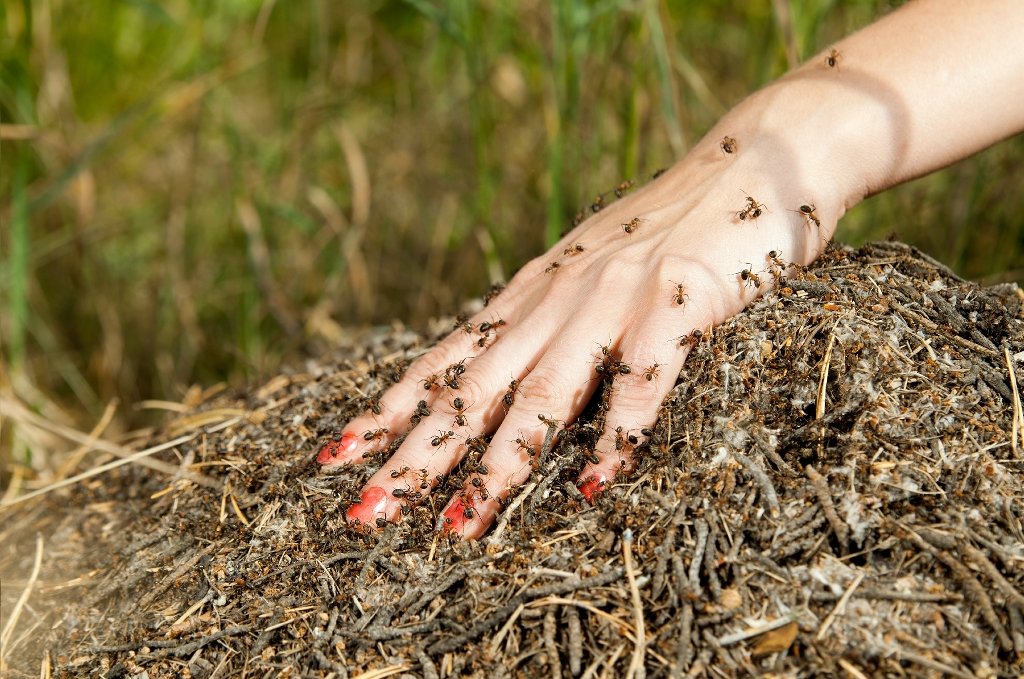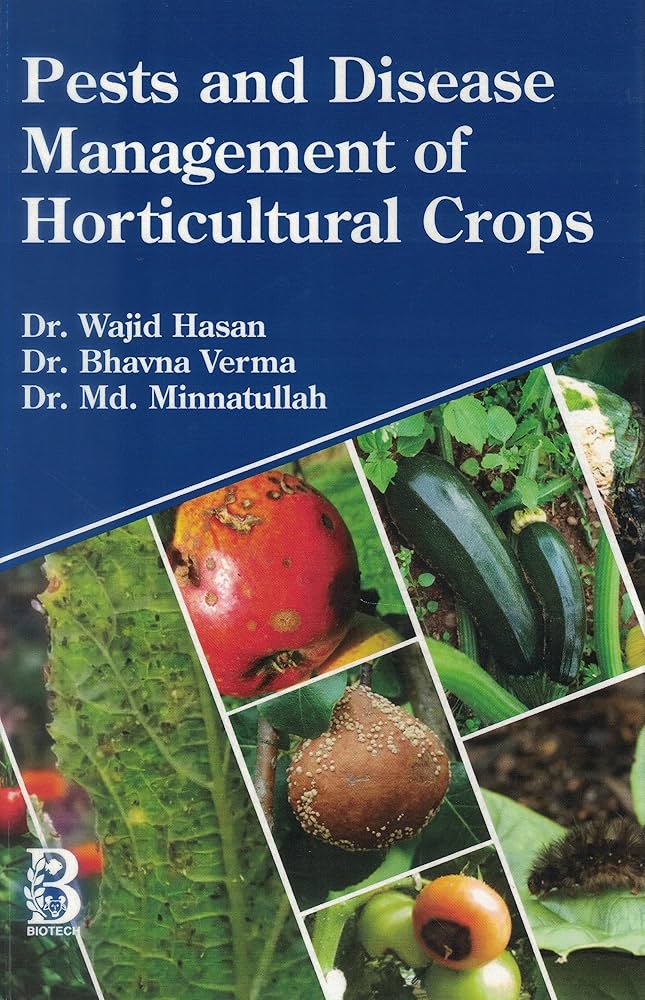In the realm of horticulture, pests and diseases are often viewed as adversaries that must be vanquished at all costs. However, a more nuanced perspective reveals that these microorganisms and creatures play a vital role in the ecosystem. Instead of fighting a losing battle against nature, the key to effective pest and disease management lies in intelligent coexistence. This article advocates for a holistic approach that leverages natural processes to foster plant health and resilience.
Understanding the Ecosystem Web

Every garden is an intricate web of interactions, where plants, insects, fungi, and bacteria coexist in a delicate balance. Pests and diseases are often a natural part of this system, playing a role in regulating plant populations and promoting genetic diversity. By acknowledging this interconnectedness, we can shift our focus from eradication to management, seeking to maintain a healthy ecosystem rather than eliminating specific pests.
Promoting Biodiversity for Natural Resistance
Biodiversity is the cornerstone of a resilient garden. Planting a diverse range of species not only enhances aesthetic appeal but also fosters natural resistance to pests and diseases. Diverse plant communities can support a wider variety of beneficial insects, which act as natural predators to harmful pests. Additionally, plants with diverse genetic backgrounds are less susceptible to outbreaks of specific diseases.
Harnessing Beneficial Organisms
Beneficial insects, fungi, and bacteria can be powerful allies in pest and disease management. Ladybugs, lacewings, and parasitic nematodes are natural predators that can significantly reduce pest populations. Mycorrhizae fungi, which form symbiotic relationships with plant roots, enhance nutrient absorption and provide protection against soil-borne diseases. By encouraging the presence of these beneficial organisms, we can create a garden that is inherently more resistant to pests and diseases.
Cultural Practices for Long-term Health
Cultural practices are foundational in preventing pest and disease outbreaks. Proper spacing between plants, good sanitation, and crop rotation can reduce the likelihood of disease spread and create an environment that is less favorable to pests. Mulching and composting improve soil health, which in turn supports plant health and resilience. By focusing on these practices, we can build the foundation for a strong, healthy garden.

Strategic Use of Organic Solutions
When pests and diseases become problematic, organic solutions should be the first line of defense. Natural pesticides like neem oil, garlic spray, and insecticidal soap can be effective against specific pests without harming beneficial insects. Biological controls, such as beneficial nematodes and fungi, offer targeted solutions that disrupt pest life cycles without broad-spectrum chemical applications. The strategic use of these organic solutions can help maintain a healthy balance in the garden.
Conclusion: Embracing Intelligent Coexistence
The key to effective pest and disease management in horticulture is not about eradication but about intelligent coexistence. By understanding the ecosystem web, promoting biodiversity, harnessing beneficial organisms, practicing good cultural techniques, and strategically using organic solutions, we can create gardens that are resilient, healthy, and beautiful. Embracing this holistic approach not only enhances plant health but also fosters a deeper connection with the natural world, reminding us that our gardens are an integral part of the broader ecosystem.




















